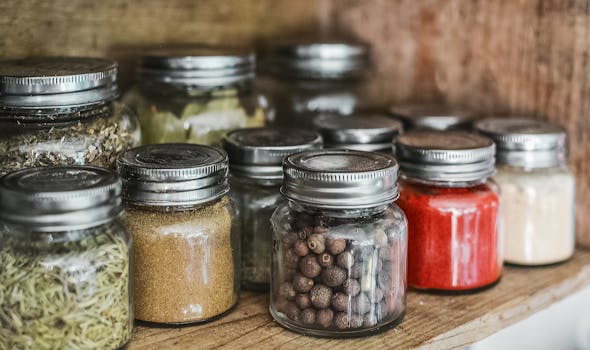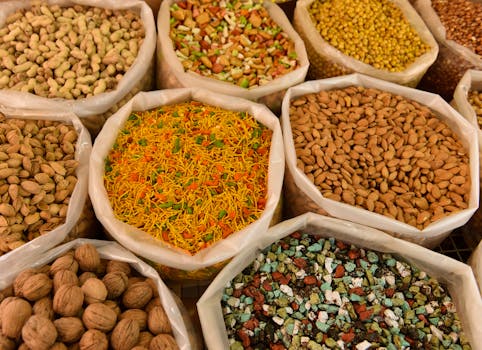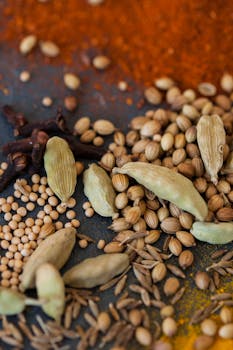Benefits
Flavor Enhancement
Texture Improvement
Nutritional Value
Structural Integrity in Recipes
Chemical Reaction Facilitation
Get creative with dry ingredients
Transforming traditional recipes into shelf-stable mixes, such as making your own instant pancake or cake mix by combining all the dry ingredients ahead of time, so you only need to add wet ingredients when you're ready to cook
Crafting artisanal, homemade bread crumbs or croutons seasoned with a personalized blend of dry ingredients for a unique touch to salads and soups
Creating custom, dry rubs for meats, incorporating an array of spices and herbs, offering a personalized flavor profile to barbecue and roasted dishes
Designing a series of flavored salts, by infusing sea salt with dried herbs, citrus zest, and spices, to elevate the taste of dishes with a simple sprinkle
Experimenting with homemade potpourri mixes, combining dried flowers and spices as a natural way to fragrance your home
Each use case offers a creative way to maximize the potential of dry ingredients in cooking and beyond
Something you can make with dry ingredients
Origin
There is no specific origin for the term \"dry ingredients\" as it is a general term used to refer to a variety of ingredients that are in a dry or powdered form. These can include ingredients such as flour, sugar, baking powder, salt, spices, and other dry substances used for baking or cooking purposes. The origin of each individual dry ingredient would vary depending on the ingredient itself. For example, flour can be made from various grains such as wheat, rice, or corn, and the origin of each type of flour would be different. Similarly, sugar can be made from sugar cane or sugar beets, and the origin would depend on the source of the sugar.


